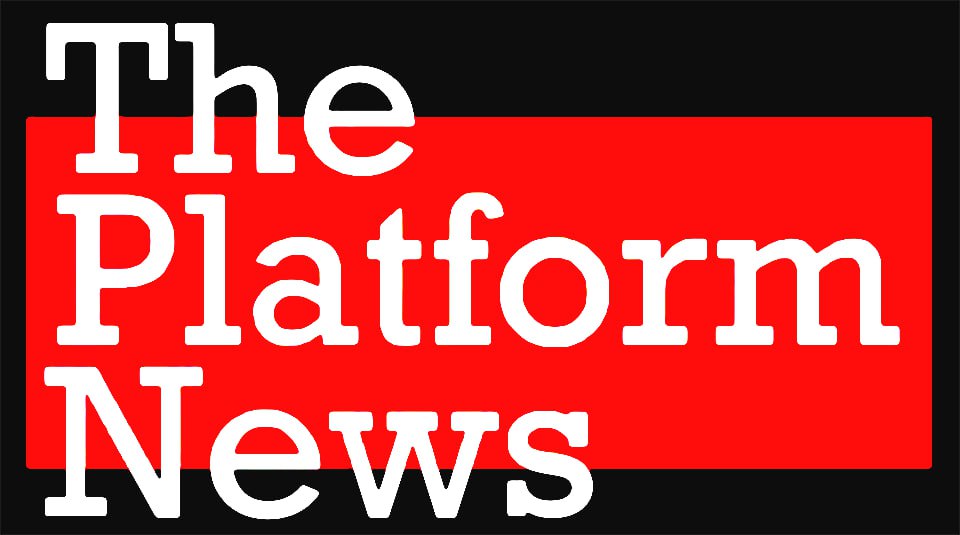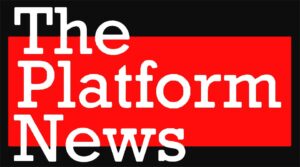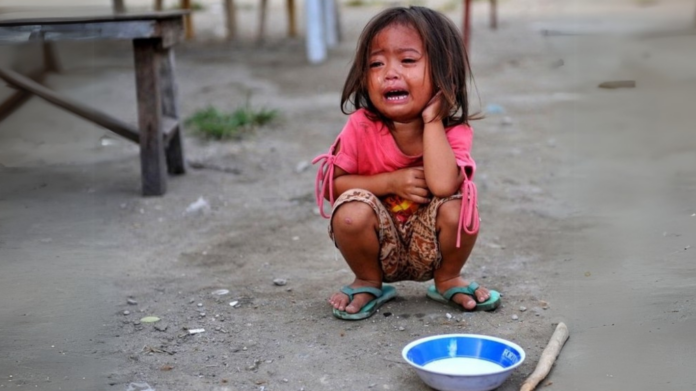Poverty is a massive issue worldwide, underscored by “No Poverty” topping the United Nations Sustainable Development Goals (SDGs).
This problem is particularly acute in developing nations, where it underpins many other social issues. Addressing poverty is crucial for creating a more equitable society. The Philippines is no exception, emphasizing accelerated poverty alleviation in its Philippine Development Plan (PDP) 2023-2027. This plan prioritizes promoting inclusive growth, reducing poverty, and enhancing the economy’s and its people’s resilience. Key initiatives aligned with SDGs, such as Tulong Panghanapbuhay sa Ating Disadvantaged/Displaced Workers (Tupad) and the Pantawid Pamilyang Pilipino Program (4Ps) provide temporary employment and cash grants, while programs like the Sustainable Livelihood Program (SLP) and Community-Driven Development (CDD) empower communities and support microenterprises, all contributing to the nation’s efforts to combat poverty and achieve sustainable development goals.
That being said, the Philippines still ranks low on poverty indexes, the latest being 113th out of 193 countries in the latest United Nations Development Program’s (UNDP) Human Development Index. A lot of factors are said to contribute to the country’s poverty, such as structural inequality, low agricultural productivity, limited access to basic services, unemployment and underemployment, weak governance and corruption, conflict and instability, environmental degradation, and lack of access to financial services.
A majority of these can be traced back to politics and governance—with state policies seen as a contributory factor to poverty. These can be seen with corruption, bureaucratic inefficiencies, political instability, and the tradition of patronage politics can be seen as major factors.
Corruption is the most public face of these problems. Often used as a catch-all term for everything that is wrong with government, this can come in a variety of forms, be it the misuse of public funds, diverting them from one use to another, or in the form of bribery in public service, where under-the-table payments sway decisions towards issues. There is also collusion in the procurement or purchase of goods and services, usually between government bodies and private concessionaires. Then there are the most public-facing examples such as corruption and theft from poverty alleviation programs like 4Ps and Tupad where ghost beneficiaries are rampant.
Inefficiency within the government is also seen as a factor in poverty. Misallocation of funds, whether it’s intentional due to outright negligence, can leave vital programs dry and underfunded, while ineffective programs are overfunded. Then there are delays in service delivery, in the form of extensive red tape, administrative delays, and slow operations, spreading to educational institutions, healthcare facilities, and social welfare programs.
Political instability and the longstanding “padrino” system are also factors in poverty. In a bureaucracy where leadership positions are seen as ‘rewards’ to those loyal to political entities, these decision-makers in turn are at the mercy of these power brokers who have their agendas, usually unaligned with what would be best for the alleviation of poverty.
Poverty remains a formidable challenge, despite concerted efforts from the Philippine state. While initiatives have been implemented, the country still grapples with structural issues such as corruption, weak governance, and bureaucratic inefficiencies. These systemic challenges, intertwined with political instability and patronage politics, continue to hinder poverty alleviation efforts. Addressing these root causes through comprehensive reforms and effective governance mechanisms is imperative for achieving sustainable development and fostering a more equitable society in the Philippines.



